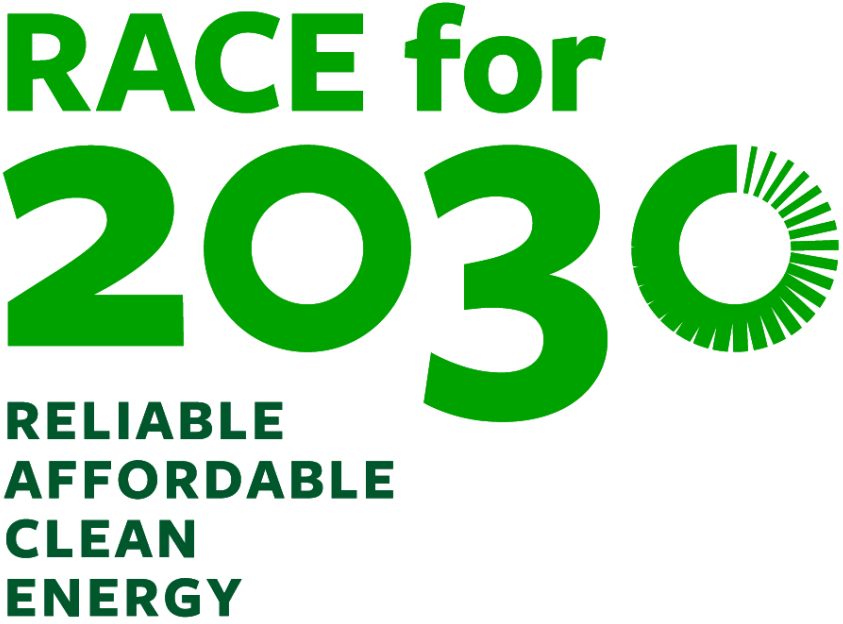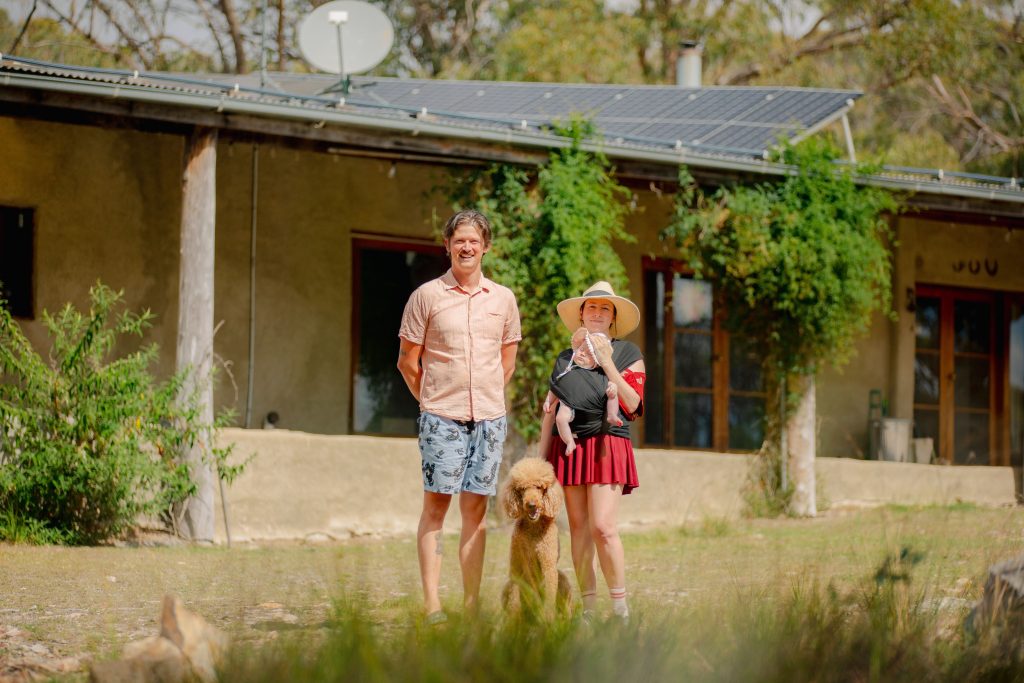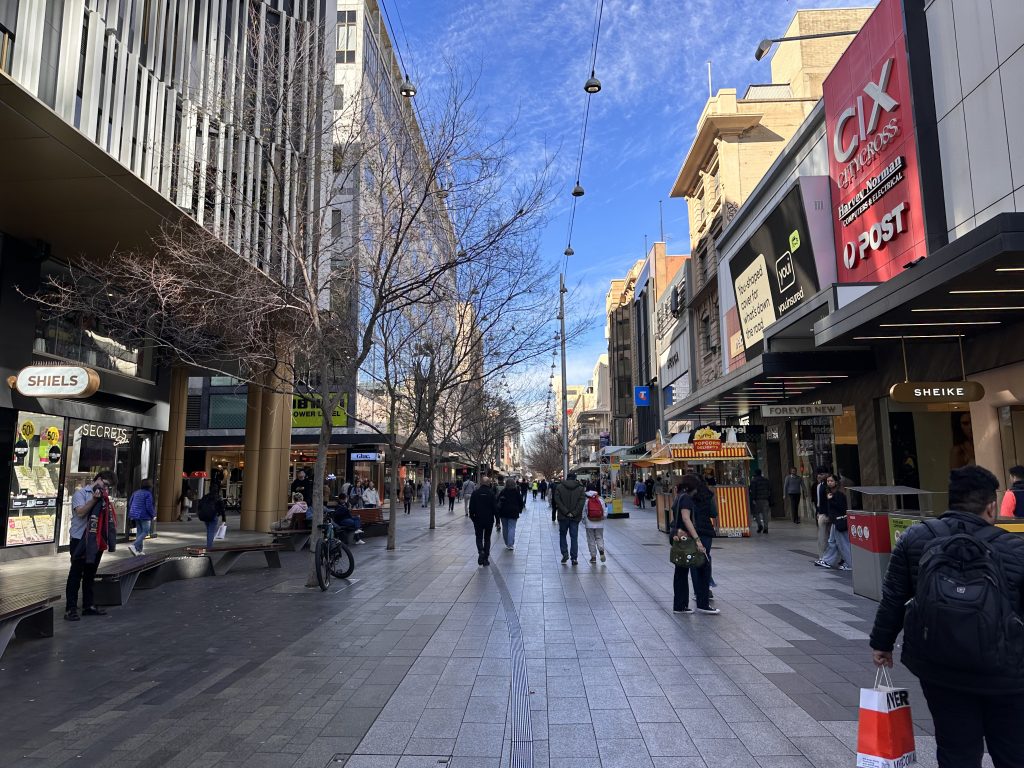Chief Investigators
A/Prof. Rebecca Yang (RMIT)
Purpose of project
Research around digital twin and digitalisation has been evolving quickly in recent years; digital twin has the potential to transform the future of planning and investment in sustainable cities. A digital twin integrates data from a physical object, models its entire life cycle and continually evolves as new knowledge is accumulated, and is able to describe and optimise physical objects to improve future planning.
However, their implementation still faces challenges. Issues around data harmonisation, interoperability of systems, visualisation and information display, governance, decision-support and the accurate representation of urban dynamics are major challenges for the implementation of the urban digital twin. Seeing the growing opportunity the Victorian Government has invested in creating the Digital Twin Victoria (DTV) platform, the most comprehensive digital model of Victoria ever assembled, with access to thousands of 2D, 3D, 4D and live data. The DTV platform is enhancing government and community decision making, by providing a single online place to visualize and share options before they are made.
This project aims to help implement the Sunshine Precinct Opportunity Statement by providing a comprehensive analysis of sustainable urban design strategies including urban heat, water supply, embodied energy and renewable energy transition opportunities. In this project, data collected will be integrated into a model to analyse the impacts of hypothetical scenarios for the Sunshine Precinct. The scenario outputs will be visualised and shared using twin Victoria’s DTV platform. Scenarios provided by the Department of Transport and Planning include:
• Buildings
• Vegetation and water
• Energy
• Public realm
Impact of project
Utilising digital twin technology has the potential to change the way we plan, build and live in our cities and the project is expected to provide the following benefits:
• Demonstrate how the use of digital twin technology that can provide valuable applications in urban planning, environmental analysis, energy transition for the community, and enriches stakeholder engagement
• Inform government decision-making, reduce environmental risks and assist in optimising infrastructure development through visualisation and analysis of various scenarios for future development in the Sunshine Precinct
• Provide lessons for other precincts that could help advance the net zero precincts policy agenda more broadly across Australia
• Utility providers could use the data and findings from the project to inform infrastructure upgrades, efficient resource management strategies and plan for future demand.
The project also has the potential to reduce electricity demand, energy costs for consumers and emissions through the sustainable design of the energy infrastructure including rooftop photovoltaic (PV) and battery energy storage system (BESS).
Project partners – industry and research
RMIT University (Lead), Centre for New Energy Technologies (C4Net), Department of Transport and Planning (DTP), Monash University
Industry Reference Group members
Brimbank City Council, CitiPower and Powercor, Department of Energy, Environment and Climate Action, Department of Health, Development Victoria, Greater Western Water, Sunshine Precinct Community Reference Group
Status
- In Progress
Project Leaders
- Rebecca Yang, RMIT
Project Code
0655






